Mandarin Oriental’s forthcoming Rome property is conceived as more than a hotel: it aims to be an urban oasis — a small constellation of restored buildings, courtyards and gardens woven into a prestigious quarter near Rome’s cultural core. The project’s scope includes multiple properties, notably the historic Villini Sallustiani, creating a multi-building composition that balances privacy, heritage and contemporary luxury.
Situated in a prestigious quarter near Rome’s cultural heart, the property is conceived as a refined urban retreat. Guests can expect restored period façades, discreet entrances, and interiors that reference classical proportion, marble detailing and artisanal finishes. Yet, the interiors will feel fresh: calm palettes, generous light, and modern comforts that respect tradition rather than overwhelm it.
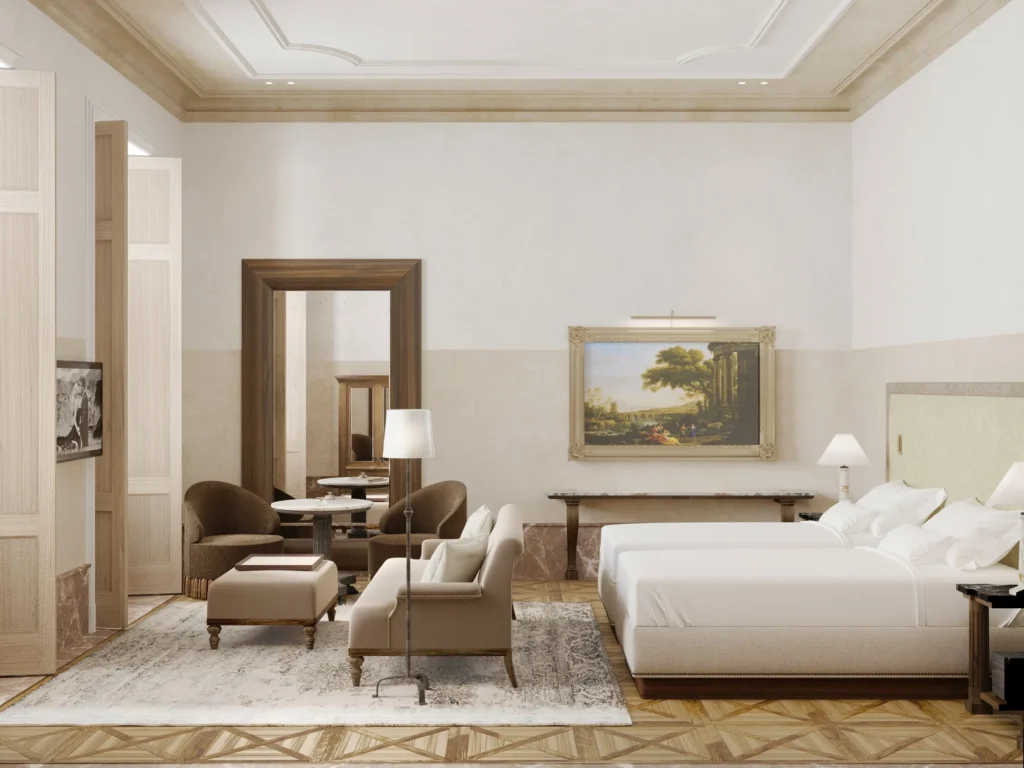
Rooms, suites and hospitality
Rooms and suites are designed for long stays and slow travel. Each suite will pair classical detailing with contemporary amenities—comfortable workspaces, spacious bathrooms with premium toiletries, and carefully considered technology that stays out of sight. For understated privacy, a selection of terrace suites and courtyard-facing rooms will offer quiet views of Rome’s rooftops and historic gardens.
Service philosophy follows Mandarin Oriental’s global standard: anticipatory, personal, and impeccably discreet. Staff will be trained to deliver signature rituals and bespoke experiences, from private transfers to curated cultural itineraries.
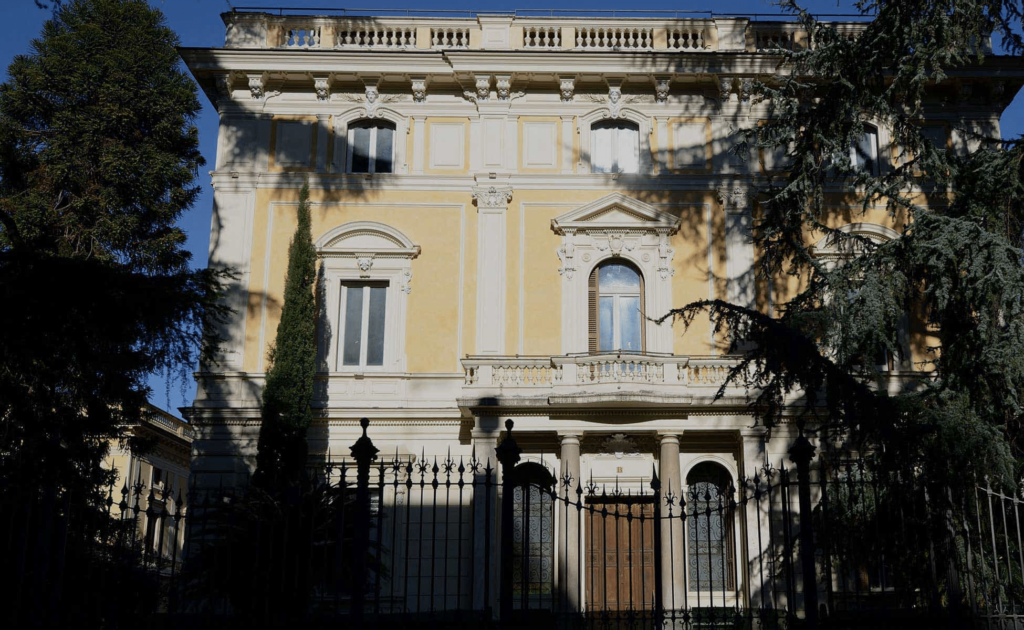
Dining and wellbeing
Dining and wellbeing are core to the urban-oasis concept. The hotel will feature at least one signature Mandarin Oriental restaurant emphasizing regionally sourced ingredients reimagined with contemporary technique. A discreet garden bar and seasonal outdoor dining areas will complement an expansive spa offering regenerative treatments, movement studios and wellness programs focused on relaxation and vitality.
Food and beverage will be a core pillar. Expect at least one signature restaurant reflecting regional Italian ingredients reimagined through modern technique, plus a bar for late-night aperitifs and seasonal outdoor dining in a private garden. Meanwhile, the hotel’s wellness offering—an expansive spa, movement studios and tailored treatments—will emphasize slow-living rituals and regenerative wellbeing, aligning perfectly with contemporary luxury travel trends.
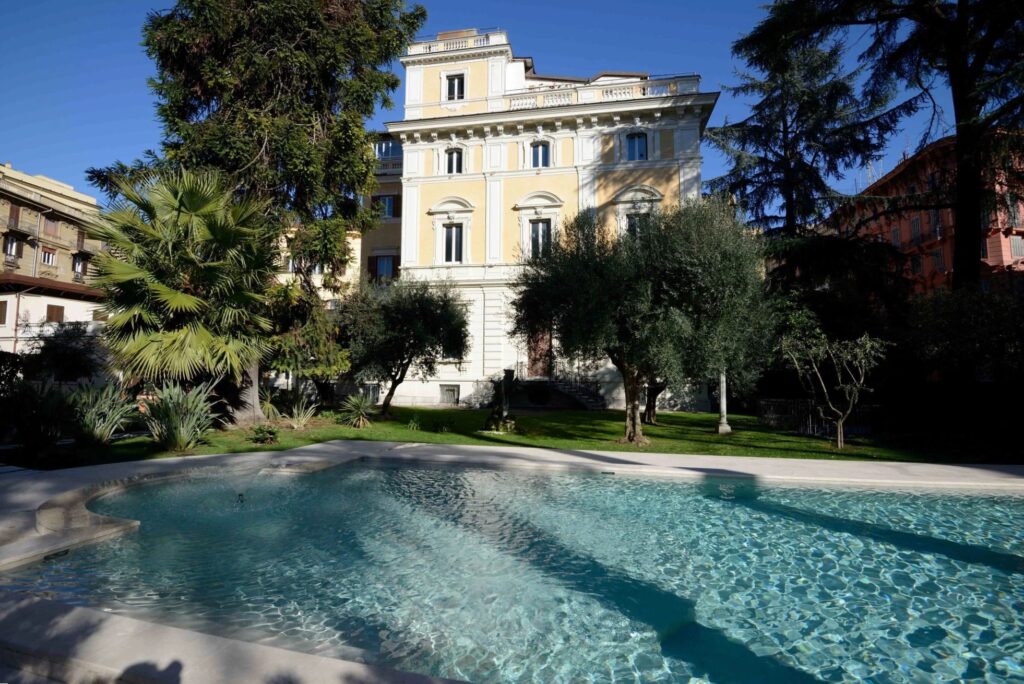
Why this hotel matters for Rome
From an urban point of view, the project is a model of sensitive restoration: reviving Villini Sallustiani and other period structures not only preserves architectural heritage but also enhances public realm value. Mandarin Oriental’s stewardship brings global loyalty and affluent guests who support local high-value services — from fine dining and private guides to artisanal shopping and cultural experiences.
This multi-property urban oasis strengthens Rome’s luxury pipeline at a strategic moment: international events, tourism recovery and renewed private spending have increased demand for discreet, high-quality hospitality. By combining heritage restoration with signature service and private garden spaces, Mandarin Oriental Rome will act as both a destination and a portal to the city’s timeless beauty.
Moreover, this opening fits into a broader story: Italy’s recent string of luxury hotel investments, its global sporting calendar, and the sustained reputation of Rome as a cultural and lifestyle capital. Consequently, the Mandarin Oriental Rome will not only be a place to sleep; it will be an address that connects guests to the city’s timeless beauty.
For context on Rome’s luxury momentum and hospitality renewals, see our coverage of the San Clemente Palace and Mandarin Oriental in Venice, our feature on the Grand Hôtel des Bains restoration, and our guide to Piazza di Spagna & Via Veneto in Rome. These stories help explain why Rome is attracting top-tier hotel investments today.

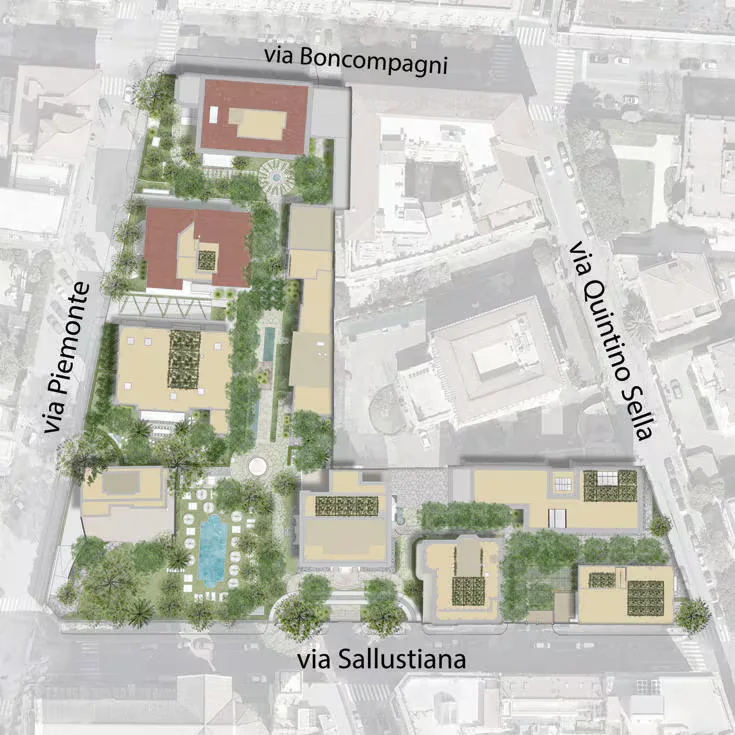
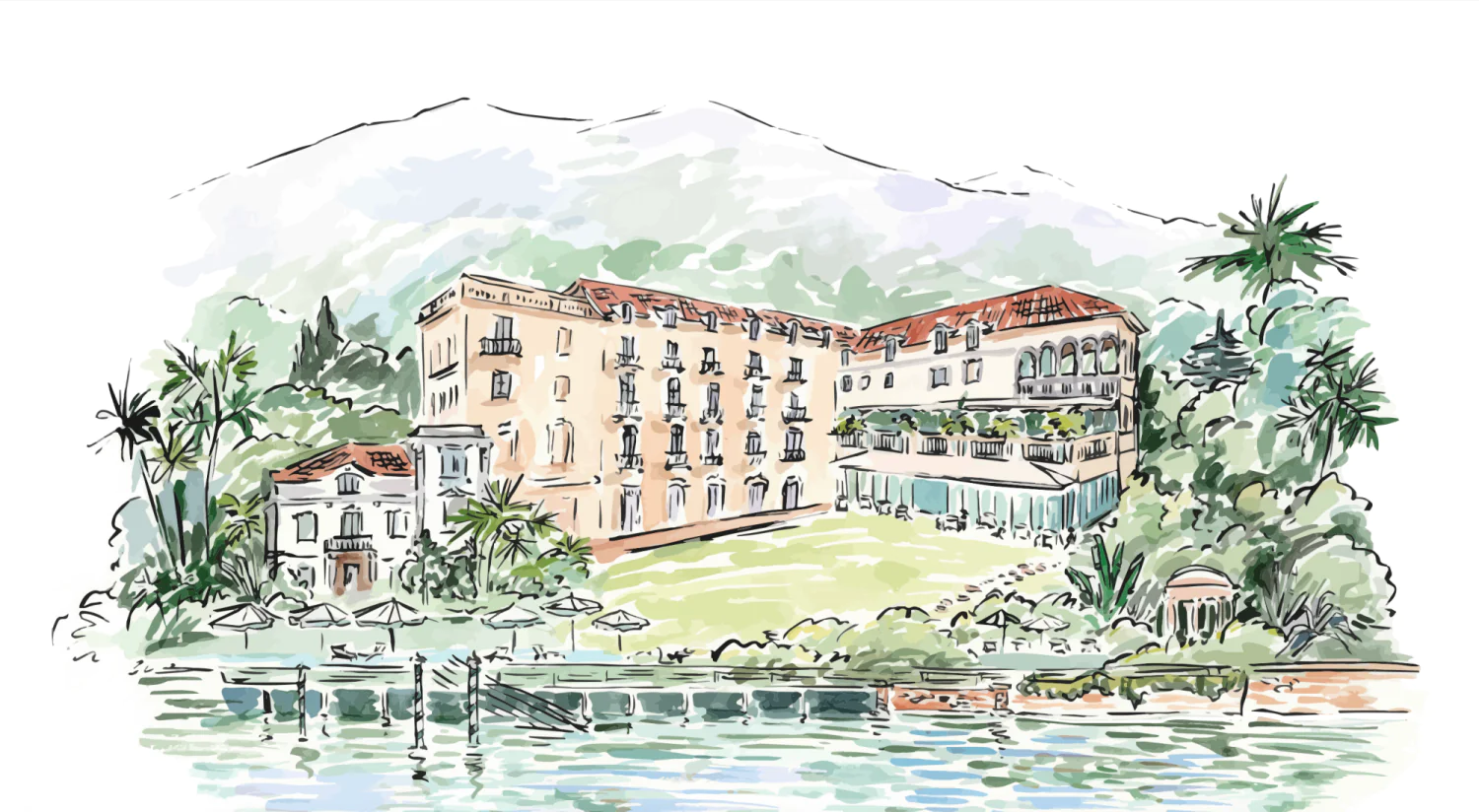
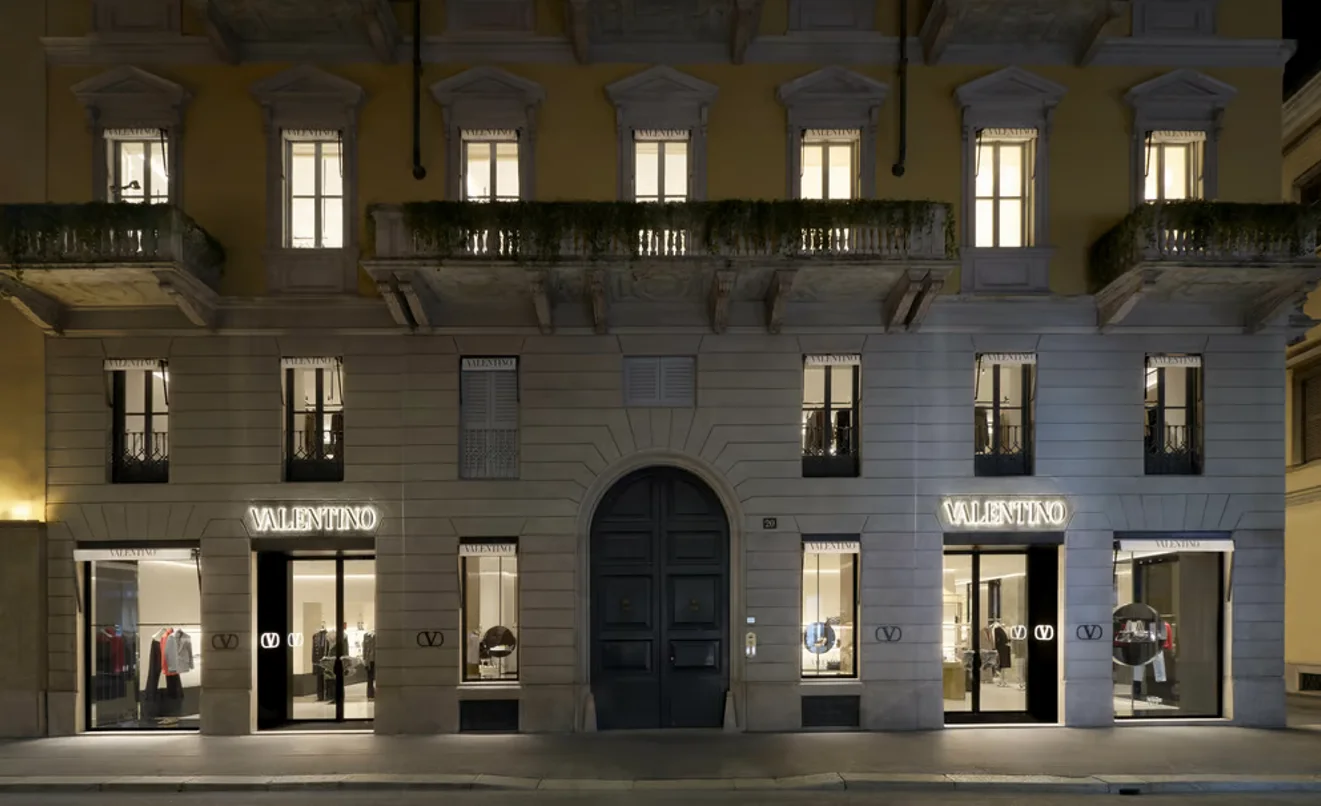
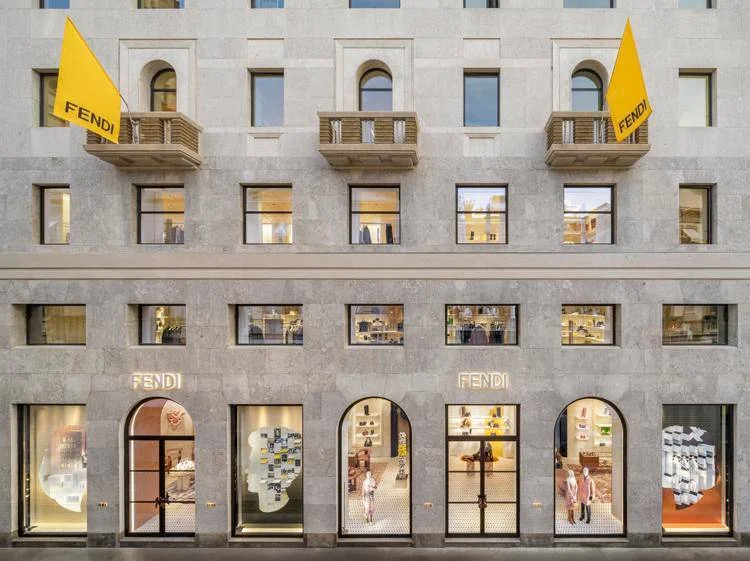
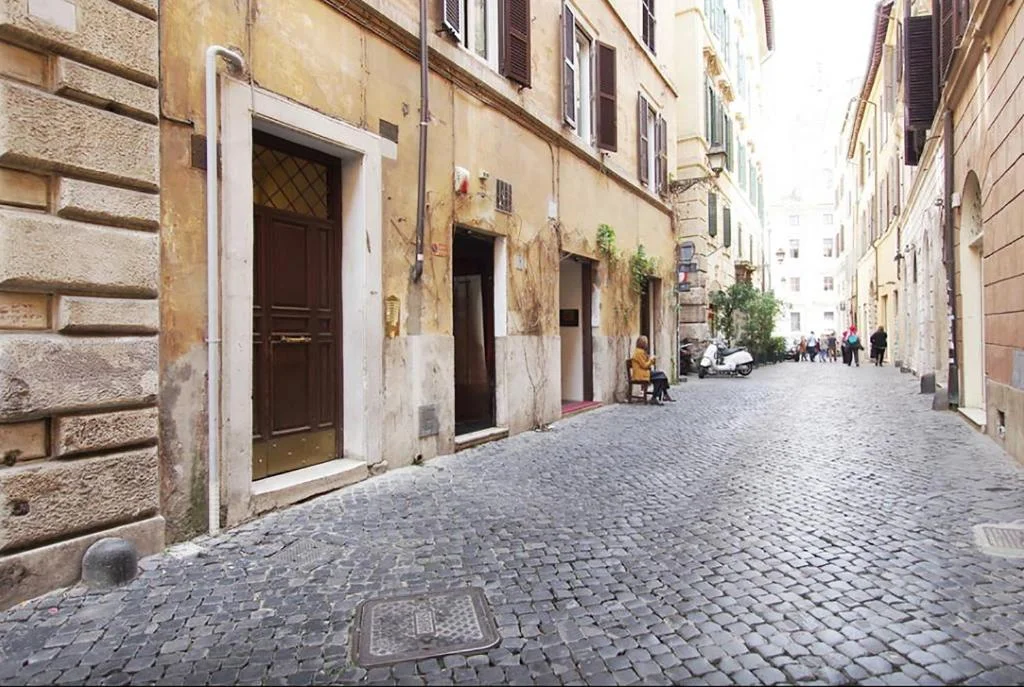
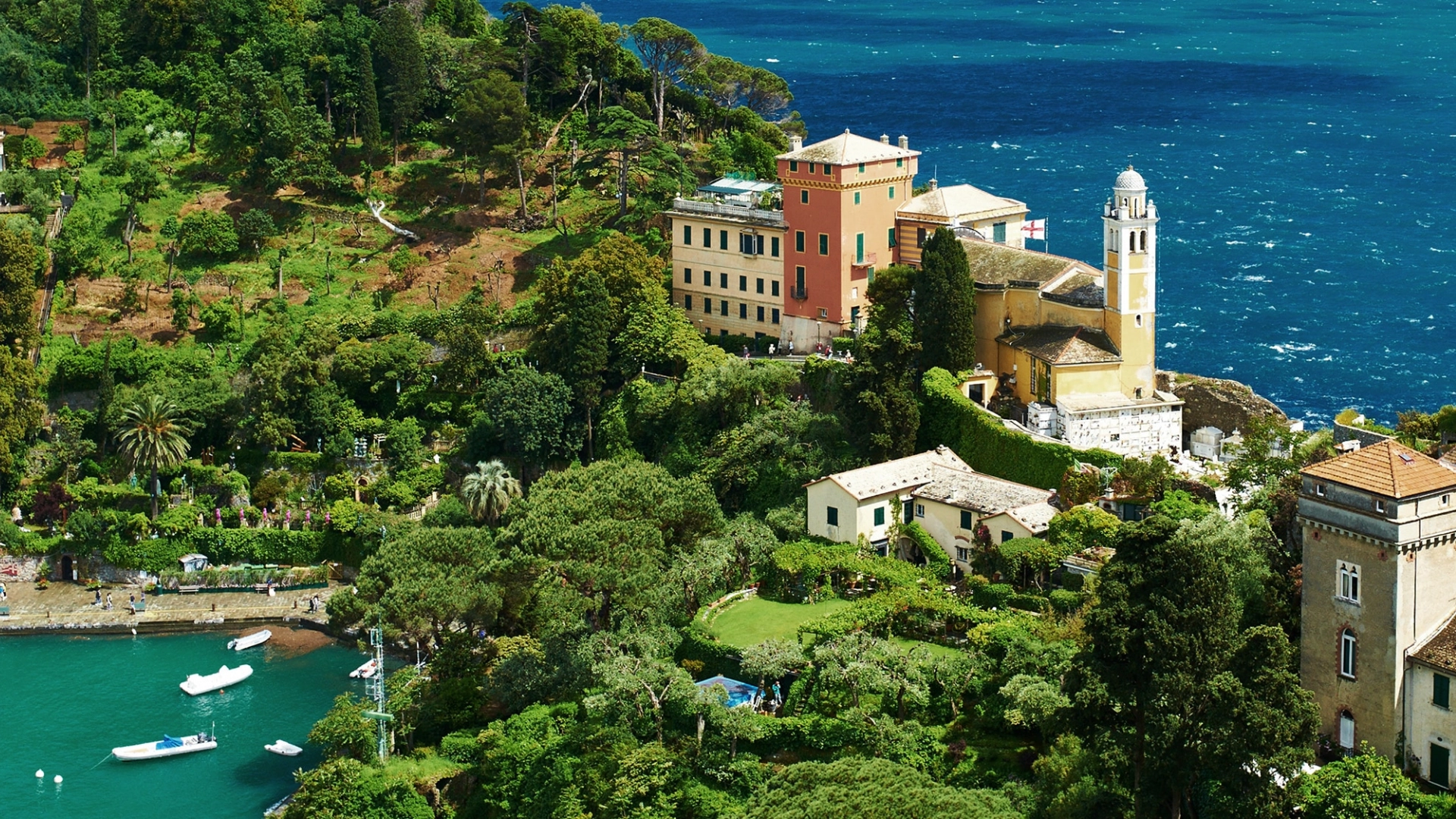
Leave a Reply